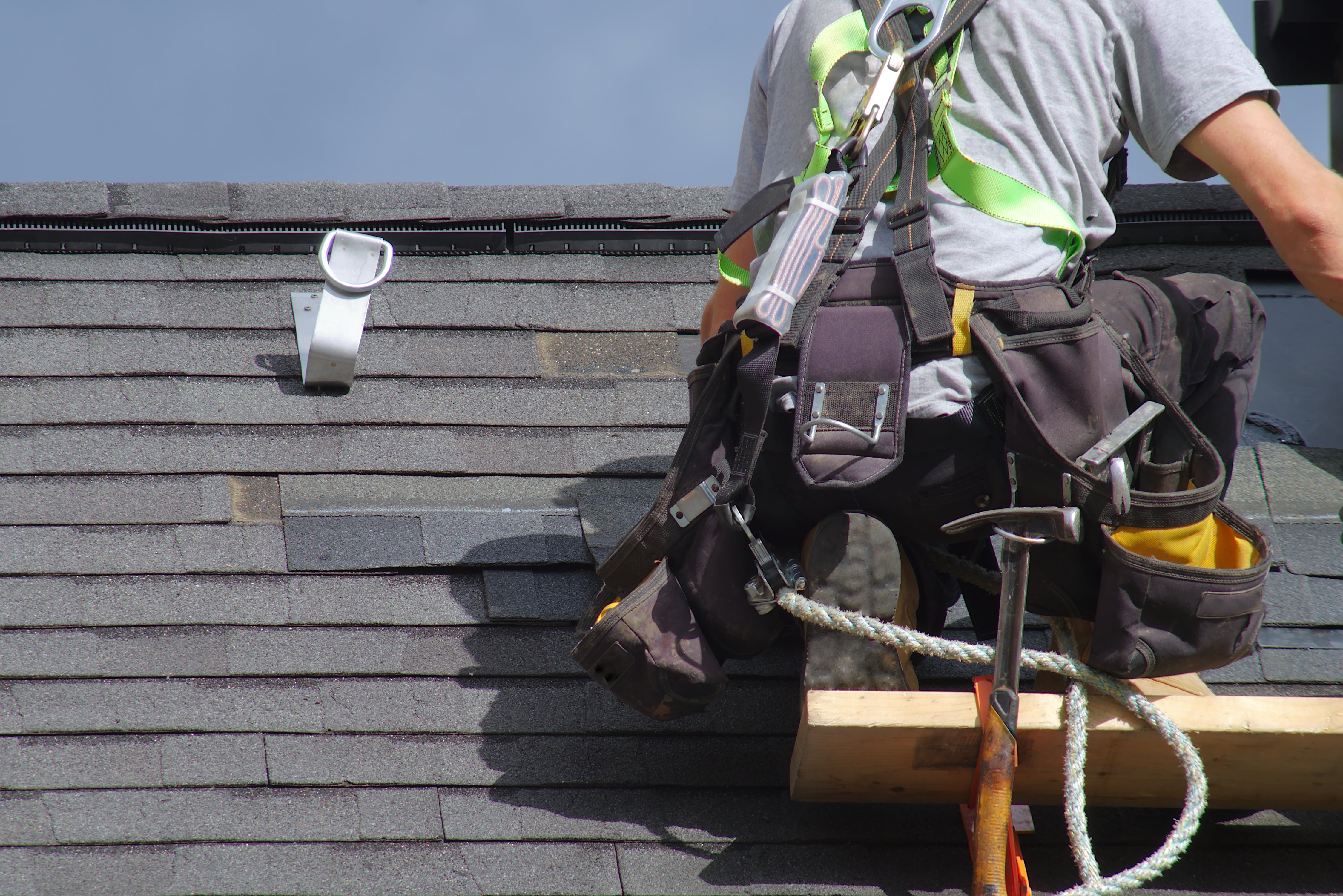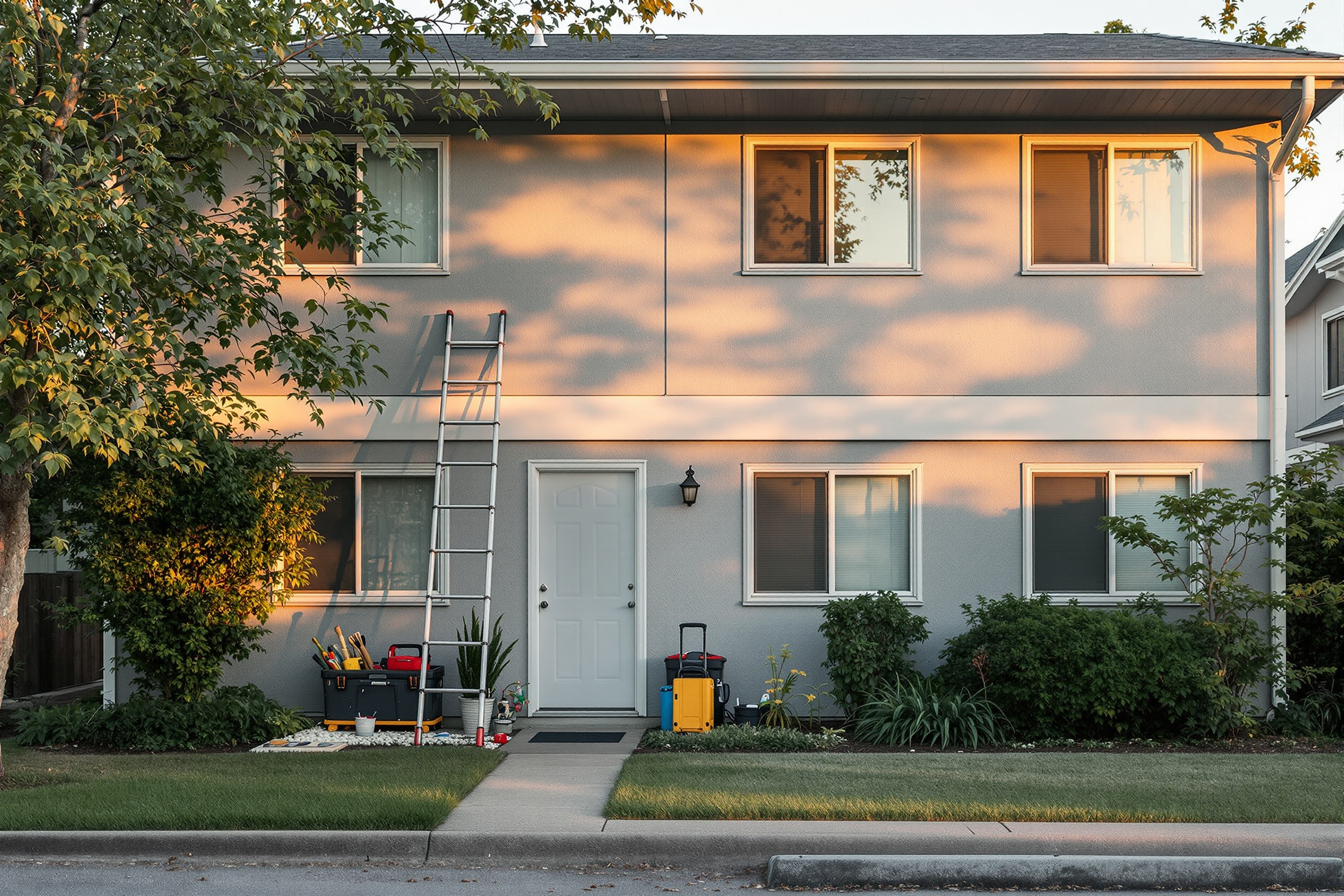Construction costs, which encompass everything from materials and labor to regulatory compliance and technological advancements, are in a perpetual state of flux. The price to build or repair a property can be influenced by factors that extend far beyond the construction site itself—from inflation to building requirement changes, to labor shortages.
When the cost of construction materials goes up, it doesn’t just cost more to build a new home but also to repair or rebuild a home that has been damaged or destroyed by a fire, storm, or other disaster. This directly translates to higher payouts for insurance companies, prompting them to adjust premiums accordingly.
Understanding this dynamic can help you navigate the financial landscape of investments and risk management strategies.
What Causes Construction Costs to Rise?
A recent CoreLogic construction costs report notes while the rate of rising materials prices is slowing, we are still seeing some materials reflect costs over 10% higher than they were a year ago. Factors moving these numbers include:
- Supply Chain Disruptions: Events like natural disasters, trade disputes, and global pandemics can cause shortages and delays in the availability of construction materials. For instance, if a shipment of specialized steel beams from overseas is delayed due to congestion in a major port, it can hold up the entire construction process. These delays can result in additional labor costs, extended project timelines, and contractual disputes.
- Labor Shortages: The construction industry often faces challenges in recruiting and retaining skilled laborers. Demand for qualified workers can outstrip supply, leading to higher wages, which in turn increase labor costs for construction projects. According to data from the Bureau of Labor Statistics and Associated Builders and Contractors, one in four construction workers are older than 55, nearing the age of retirement. That same data set found that the construction workforce is short by more than half a million workers to keep up with current demand.
- Energy Prices: Fluctuations in energy prices, like fuel and electricity, can affect the cost of operating heavy machinery and transporting materials to construction sites.
- Inflation: Inflation exerts upward pressure on building materials due to increased production costs, driven by rising wages and energy expenses. Manufacturers, in turn, pass on these higher costs to consumers. And while lumber prices have returned to pre-pandemic levels, materials like steel, concrete, and gypsum (the component that makes up most drywall) are becoming more costly. Steel mill products, commonly used for beams, panels, roofs, and heating and cooling equipment, also saw an over 12% rise in cost between January and May of 2023.
- Environmental Regulations: Stricter environmental regulations that require alternative materials can increase project costs.
- Interest Rates: The cost of financing construction projects, including interest rates on loans, can influence overall project expenses. Higher interest rates can increase borrowing costs for developers.
How Do Construction Costs Affect Insurance?
Because construction costs are constantly changing, the insurance industry must also remain fluid. From the tangible effects on premiums to the intricacies of claims settlement, let’s dive into where exactly insurance feels the pressure from construction costs.
Elevated Premiums Driven by Rising Costs
The most direct and immediate consequence of skyrocketing construction costs is an uptick in insurance premiums. Insurers take into account chosen coverage options, property location, and market data like inflation, as well as construction costs when setting these premiums.
As construction costs surge, insurers must respond by recalibrating building limits, deductibles, and other coverage options to ensure that they can adequately cover potential claims at the start of a new policy term. This means property owners and developers may have to pay higher insurance premiums to safeguard their investments.
Many insurance providers meticulously assess their pricing models based on the replacement cost value (RCV) of insured properties. The RCV is the price to repair or rebuild a property using the same materials and the same quality of construction in the same location.
However, some providers use actual cash value ACV, which is calculated by subtracting depreciation from the replacement cost of the property. As construction costs rise, the RCV of the property increases, but the ACV may not—and while that could save policyholders from higher premiums, it may mean a lower payout on claims.
Replacement Costs: A Balancing Act
As mentioned above, one of the critical components in claims settlement is the determination of replacement costs. This ensures compensation for the restoration cost without factoring in depreciation, within coverage limits.
For example, let’s say your 3,500-square-foot home cost $400,000 to build in 2020. If you needed to rebuild that house in 2023, the cost of the whole project would be significantly higher because of how the cost of both materials and labor have increased:
- Wood costs 16% more
- Steel costs 22% more
- Concrete and masonry costs 15% more
- Insulation costs 11% more
- The median earnings for construction workers is 9.8% higher
More simply put, the overall increase in construction costs per square foot means that rebuilding your house in 2023 would cost at least an extra $36,000. And because your insurer needs to consider that extra cost for claims, your premium will go up accordingly to ensure you can receive adequate payout in the event that you file a claim.
Regional Risks, Laws, and Their Implications
Beyond individual policies and claims, in regions susceptible to natural disasters or other catastrophic events, such as hurricanes, wildfires, or earthquakes, the challenge amplifies even more.
For example, some regions require more expensive materials in residential real estate to combat the potential damage of these events and are designed to improve the safety and durability of homes. Florida law requires that new homes and many types of repairs and rebuilds be built to withstand hurricane-force winds. This means using materials such as hurricane-rated impact windows and doors and reinforcing roofing and walls.
Like Florida, other state and local governments have enacted various laws and regulations that require property owners to use specific—often more expensive—materials in repairs and rebuilds. These rules on safety and sustainability can include:
- Building Codes and Standards: Many jurisdictions periodically update their building codes and standards to enhance safety and resilience against natural disasters. These updated building codes can lead to higher construction costs if the required materials are more costly.
- Environmental Regulations: Environmental concerns have led to changes in construction practices, with some areas mandating the use of eco-friendly materials. These materials can be more expensive than traditional alternatives but are considered essential to reduce the environmental impact of construction projects.
- Zoning Regulations: Zoning regulations can impact construction materials and methods. For instance, some areas may impose restrictions on the use of certain building materials to maintain architectural consistency.
%2520(1).png)
What Landlords Can Do About Rising Construction Costs
Rising construction costs can strain your budget and impact the profitability of your real estate investments. To mitigate these challenges, landlords and investors can adopt a range of proactive measures:
Regularly Review and Update Your Insurance Policies
To effectively overcome the challenges of rising construction costs, landlords and property owners should make it a standard practice to regularly review and update their insurance policies. Ensuring that your coverage accurately reflects the current replacement value of your property helps avoid under- or overpaying for coverage.
Additionally, consider obtaining a professional appraisal of your property every few years. This ensures that the insured value aligns precisely with current construction costs, providing you with a more accurate estimate of the replacement cost.
Undertake Risk Mitigation Measures
Consider investing in building upgrades that enhance safety features and resilience against potential hazards. Retrofitting your property to withstand earthquakes or reinforcing it against hurricanes, for instance, not only reduces risk but also makes your property more attractive to insurers.
You may also want to develop and maintain a comprehensive disaster preparedness plan. This includes having emergency response protocols in place to minimize damage and facilitate a swift recovery in case of natural disasters or accidents. A well-maintained property is less likely to experience costly damages, ultimately benefiting both your insurance premiums and your property's longevity.
Build in Protection that Lasts
It's important to remember that construction costs are not static. Just like construction costs will ebb and flow, you must be ready to adapt. By staying on top of proper coverage for the value of your property and embracing risk-mitigating strategies, you can better fortify your investments and enjoy peace of mind.
No matter the cost of construction, insurance is still key to protecting your assets. Considering all your insurance options is the best way to decide which coverage will best fit your budget and needs. To learn more about insurance for landlords and investors, check out our Essential Guide to Landlord Insurance. Or, get the right protection for your rental property today with an insurance quote from Obie.







